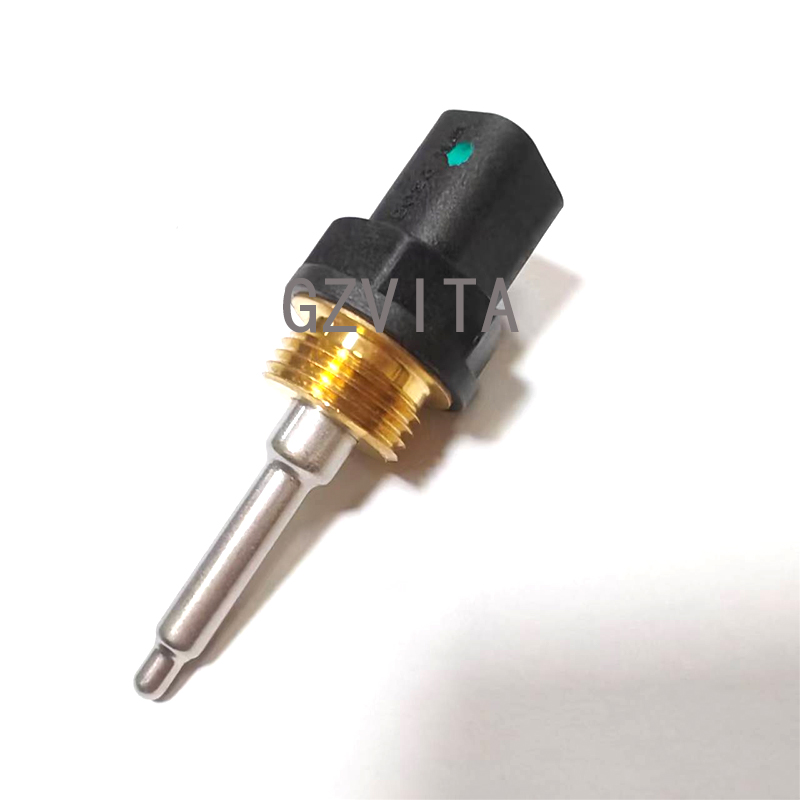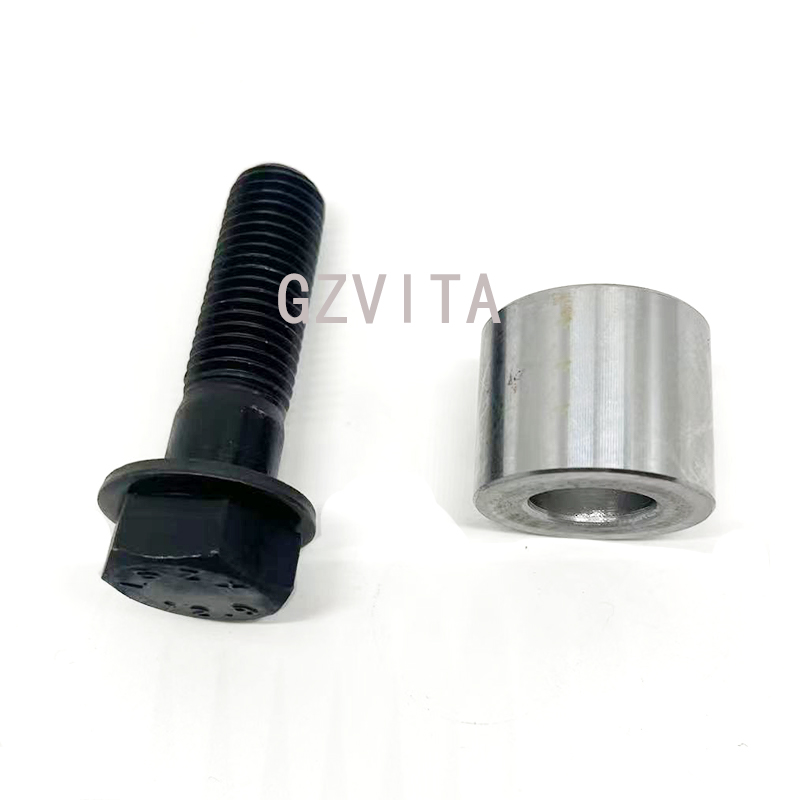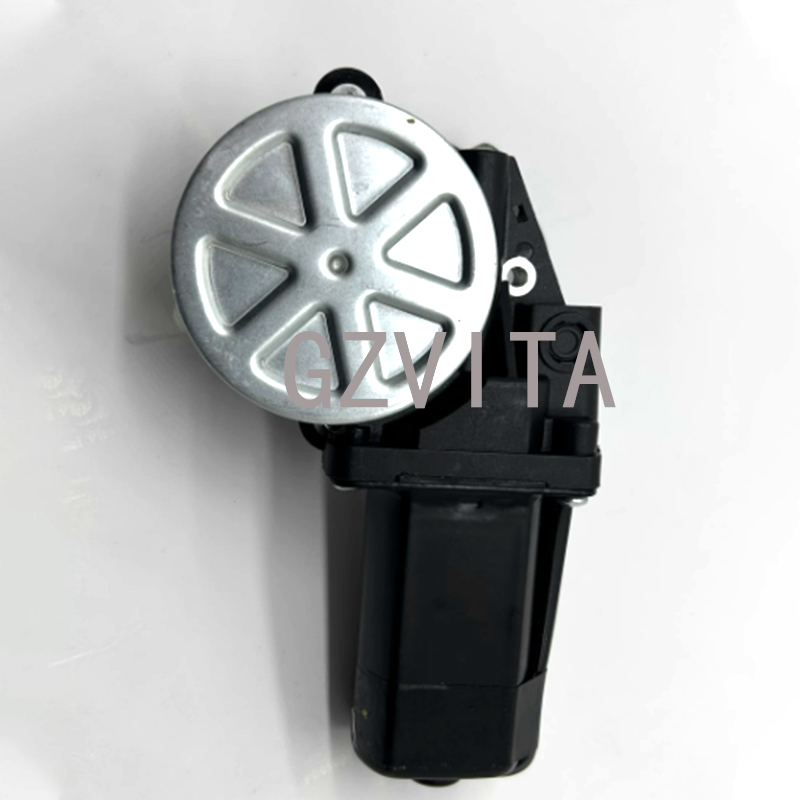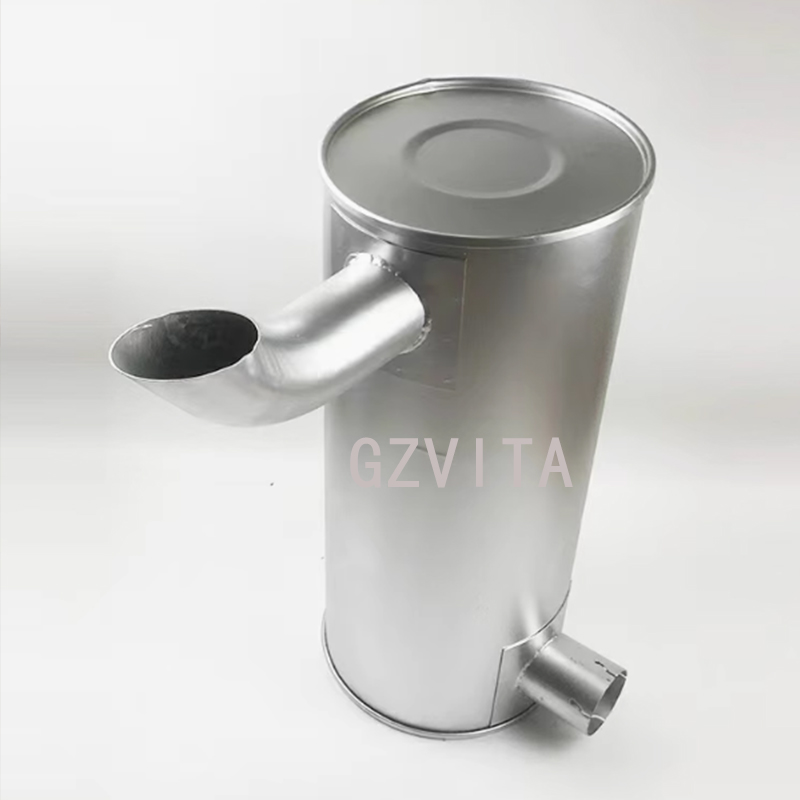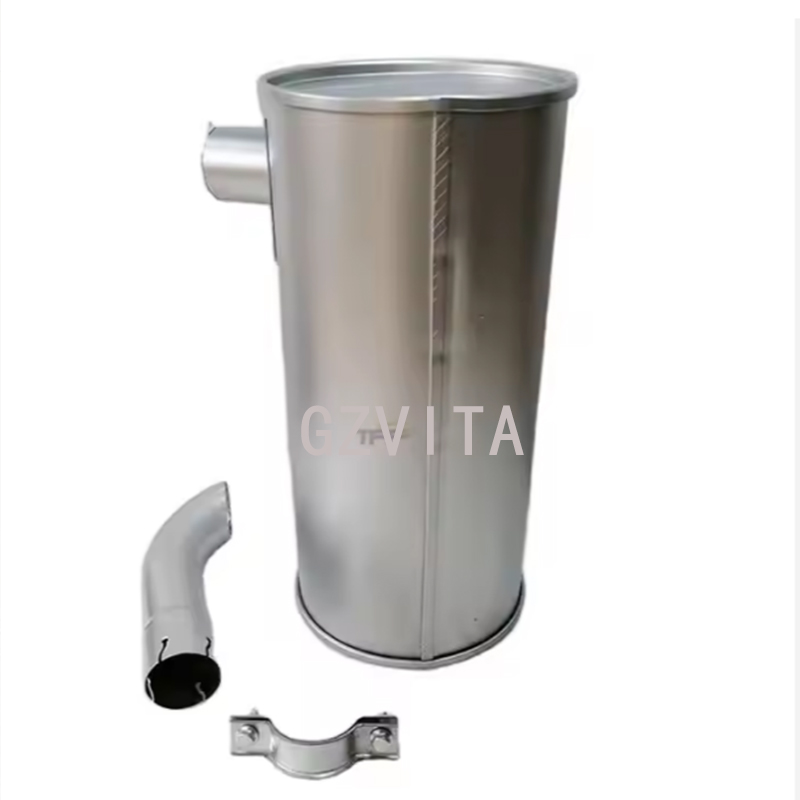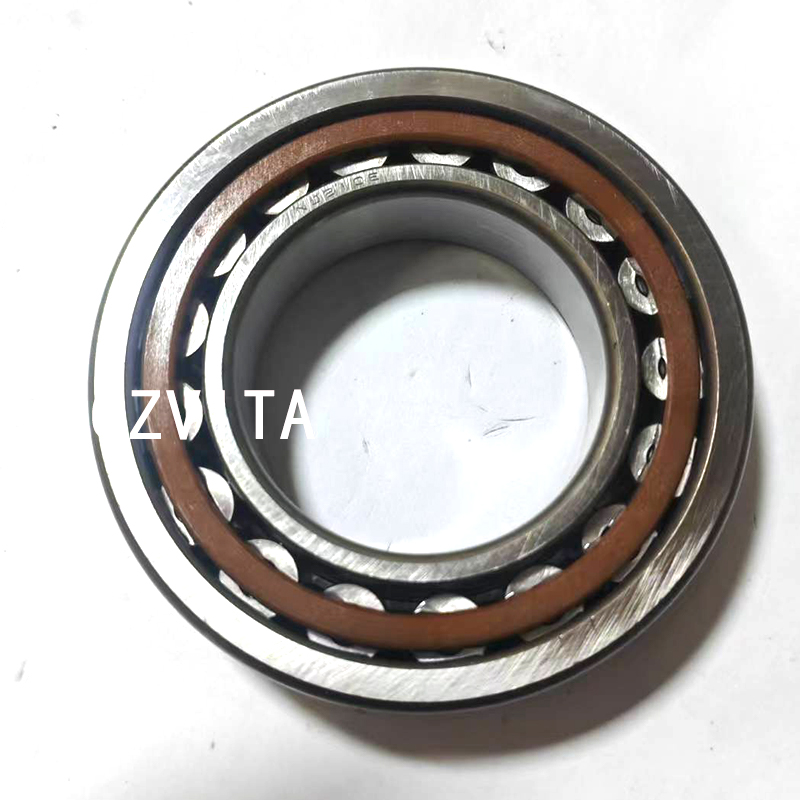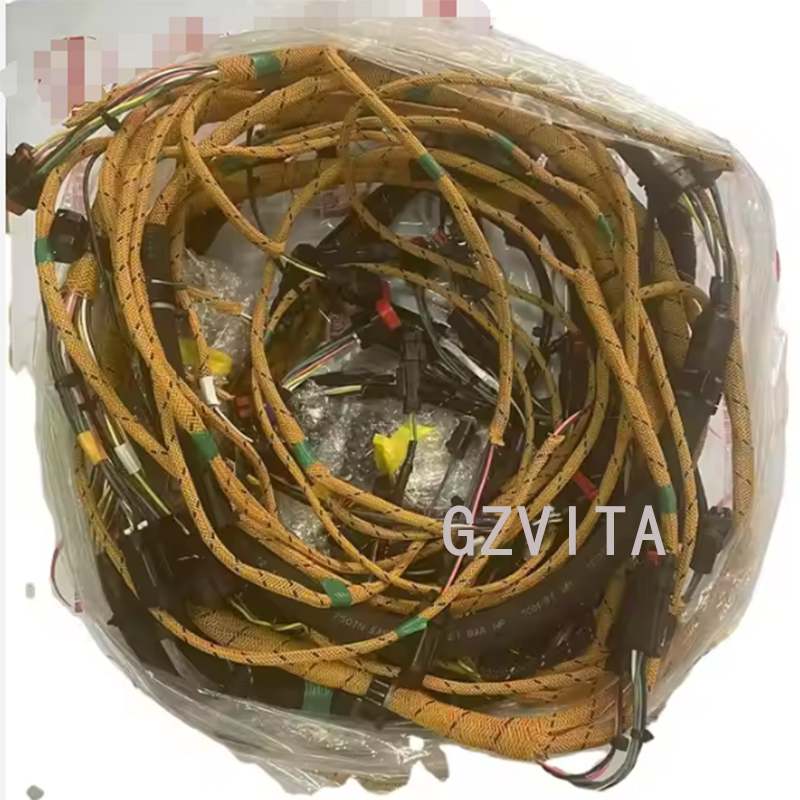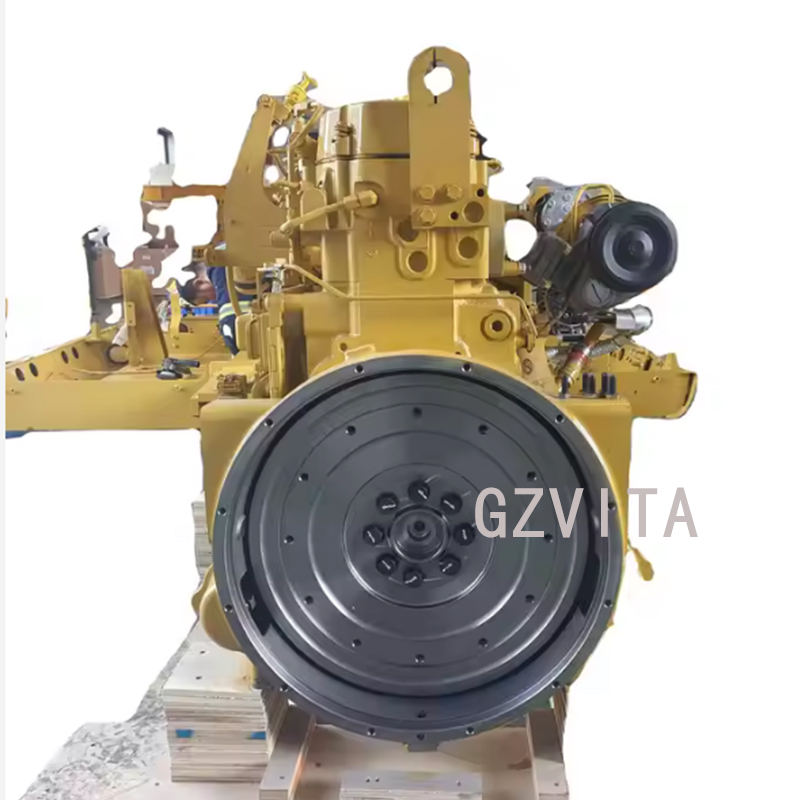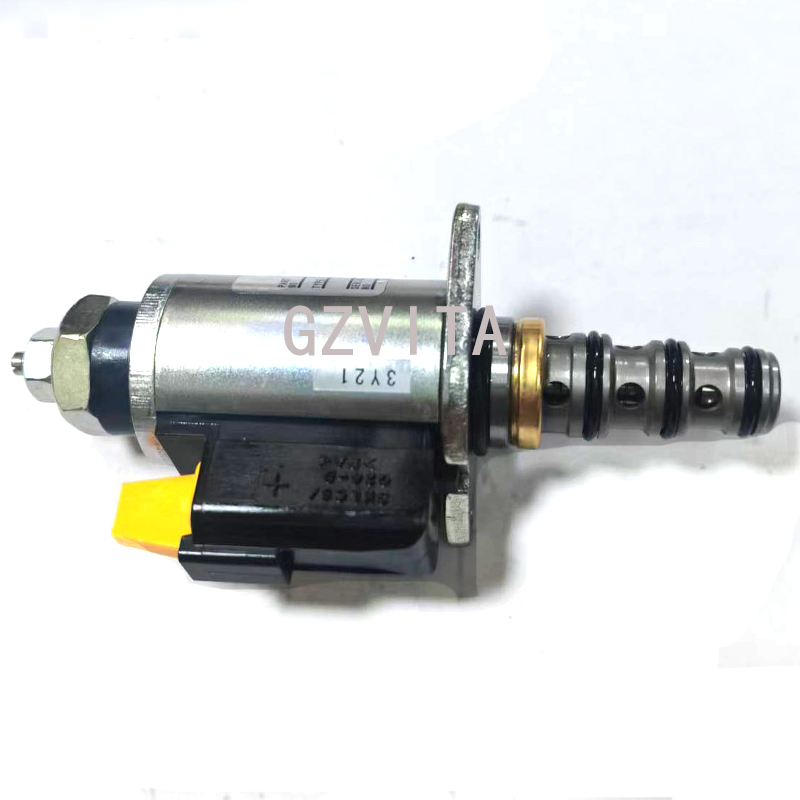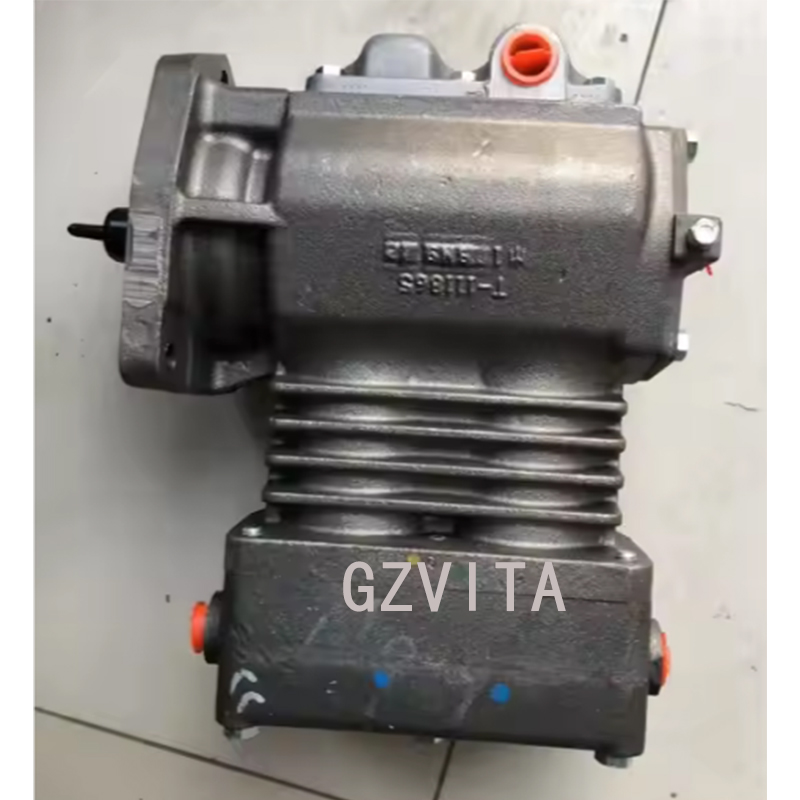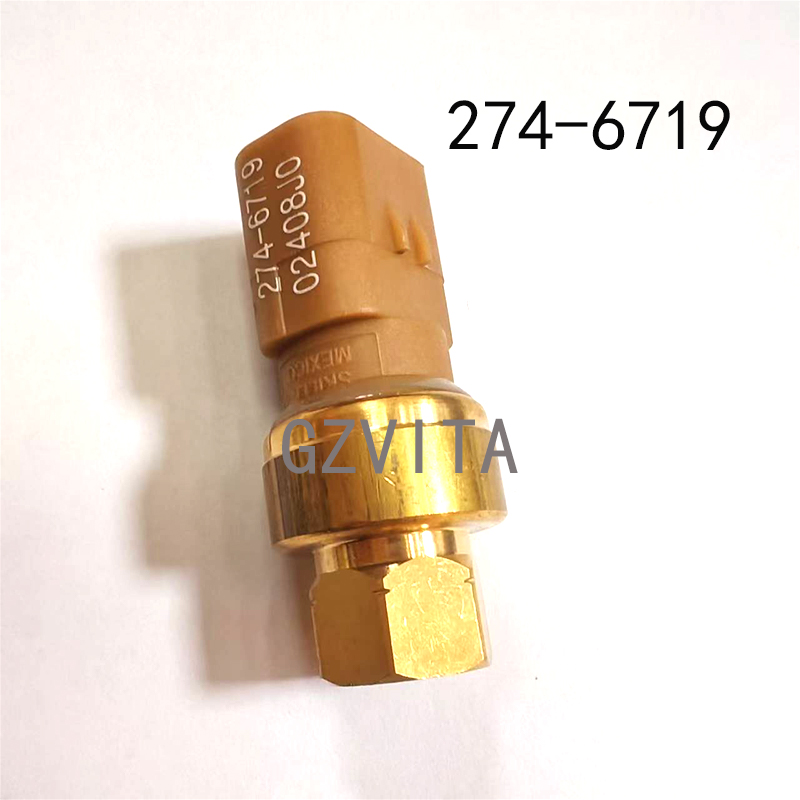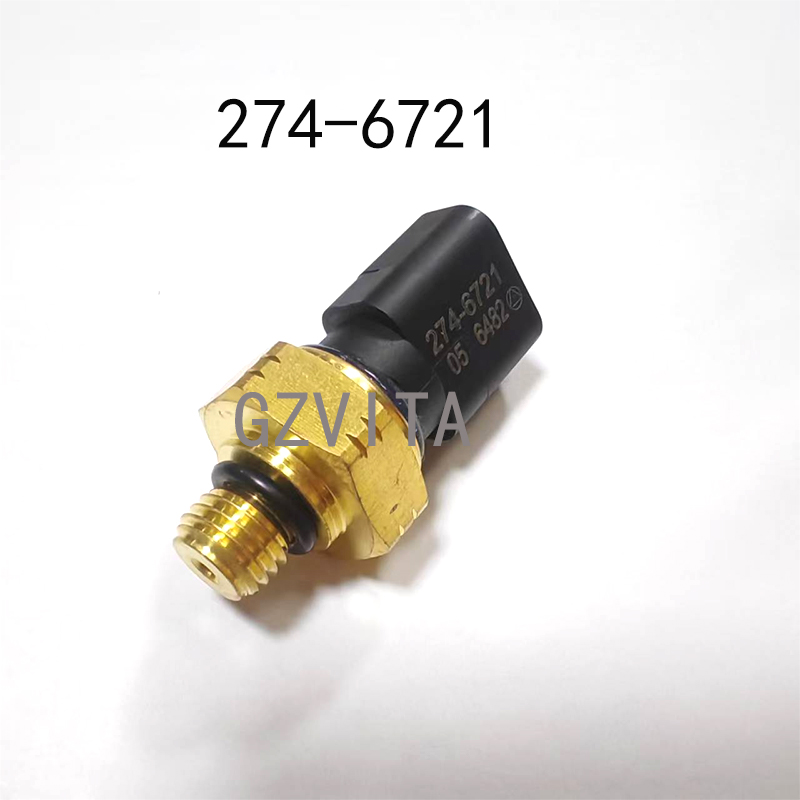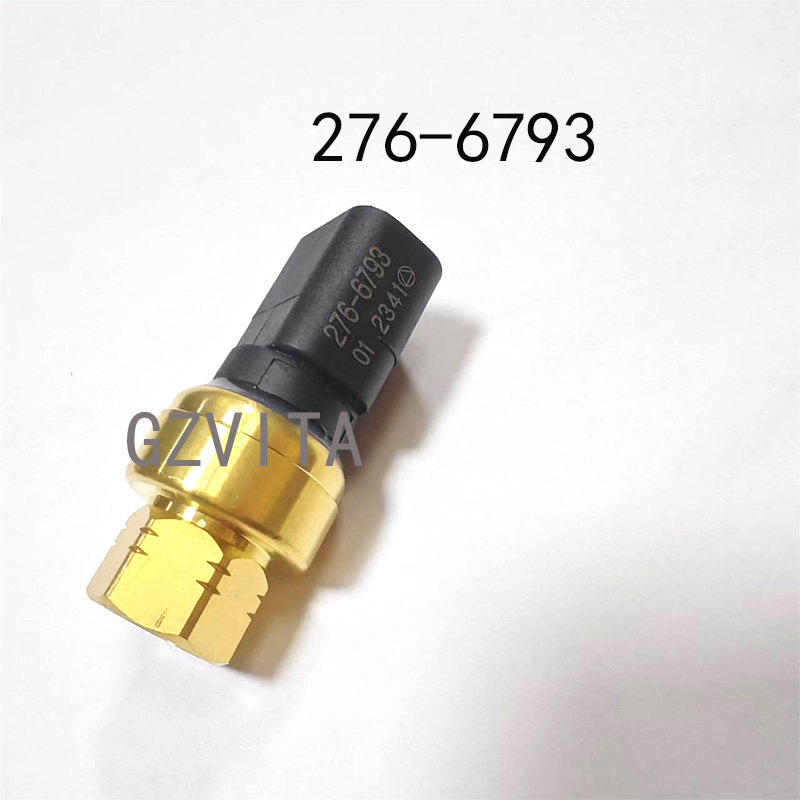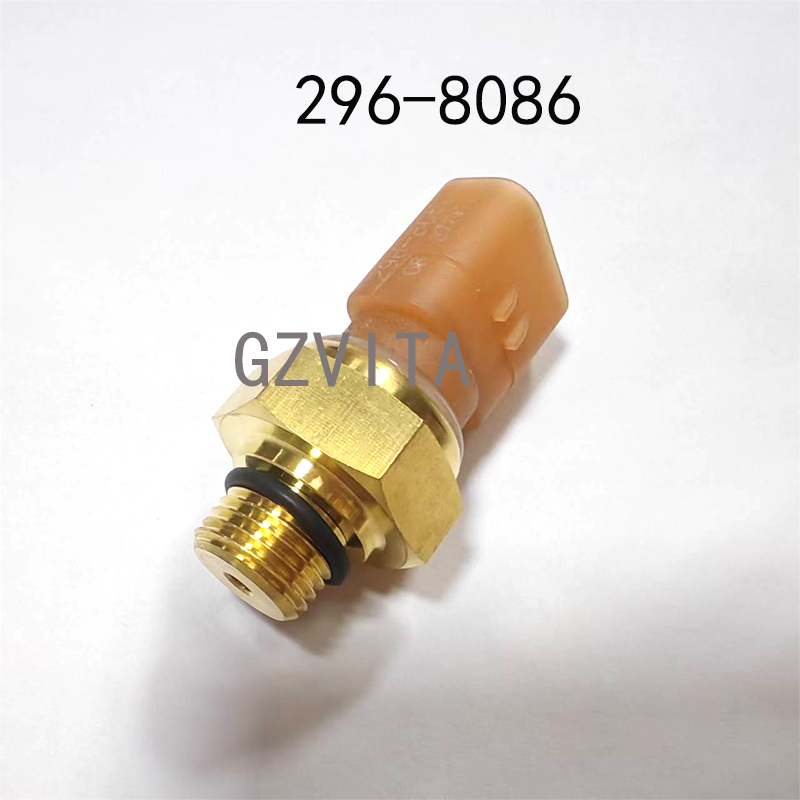 +86 13794985240
+86 13794985240
Low Temperature Sensor 2566453 Pressure Sensor 273-6719 For C7 C9 Engine
Choosing the correct low temperature sensor and pressure sensor for machinery involves several considerations to ensure accurate measurements and reliable performance. Here are the key factors to consider for each type of sensor:
Low Temperature Sensor
Temperature Range:
Determine the operating temperature range of your machinery. Ensure the sensor can operate effectively within this range, including any extremes.
Sensor Type:
Common types include thermocouples, RTDs (Resistance Temperature Detectors), thermistors, and infrared sensors. Each has its advantages:
Thermocouples: Good for high temperatures and fast response times.
RTDs: Provide high accuracy and stability, suitable for lower temperature ranges.
Thermistors: Offer high sensitivity but have a limited temperature range.
Infrared Sensors: Non-contact measurement, useful for moving parts or hazardous environments.
Accuracy and Resolution:
Check the sensor’s accuracy specifications and resolution. Higher accuracy is crucial for applications where precise temperature control is necessary.
Response Time:
Consider how quickly the sensor can respond to temperature changes. This is important in dynamic environments.
Environmental Conditions:
Assess the environment where the sensor will be placed (e.g., humidity, dust, vibration, and potential exposure to chemicals). Choose a sensor with appropriate protection (e.g., IP rating).
Mounting and Installation:
Ensure the sensor can be easily installed in the machinery. Consider the mounting type (e.g., surface mount, insertion) and any necessary fittings.
Calibration and Maintenance:
Look for sensors that are easy to calibrate and maintain. Regular calibration may be necessary for accurate readings.
Cost and Availability:
Evaluate the cost of the sensor and its availability. Consider long-term support and replacement options.
Pressure Sensor
Pressure Range:
Identify the pressure range that the sensor needs to measure. Ensure the sensor can handle both the minimum and maximum pressures expected in the application.
Sensor Type:
Common types include piezoelectric, capacitive, strain gauge, and optical sensors. Each type has its own advantages:
Piezoelectric: Good for dynamic pressure measurements.
Capacitive: Suitable for low-pressure applications.
Strain Gauge: Commonly used for a wide range of pressures and offers good accuracy.
Accuracy and Resolution:
Check the accuracy and resolution specifications. High accuracy is essential for applications requiring precise pressure control.
Temperature Compensation:
Ensure the sensor can compensate for temperature variations, as temperature changes can affect pressure readings.
Environmental Conditions:
Consider the operating environment, including exposure to moisture, dust, chemicals, and temperature extremes. Choose a sensor with appropriate protection (e.g., IP rating).
Output Signal:
Determine the type of output signal required (e.g., analog, digital, or wireless). Ensure compatibility with your machinery’s control system.



